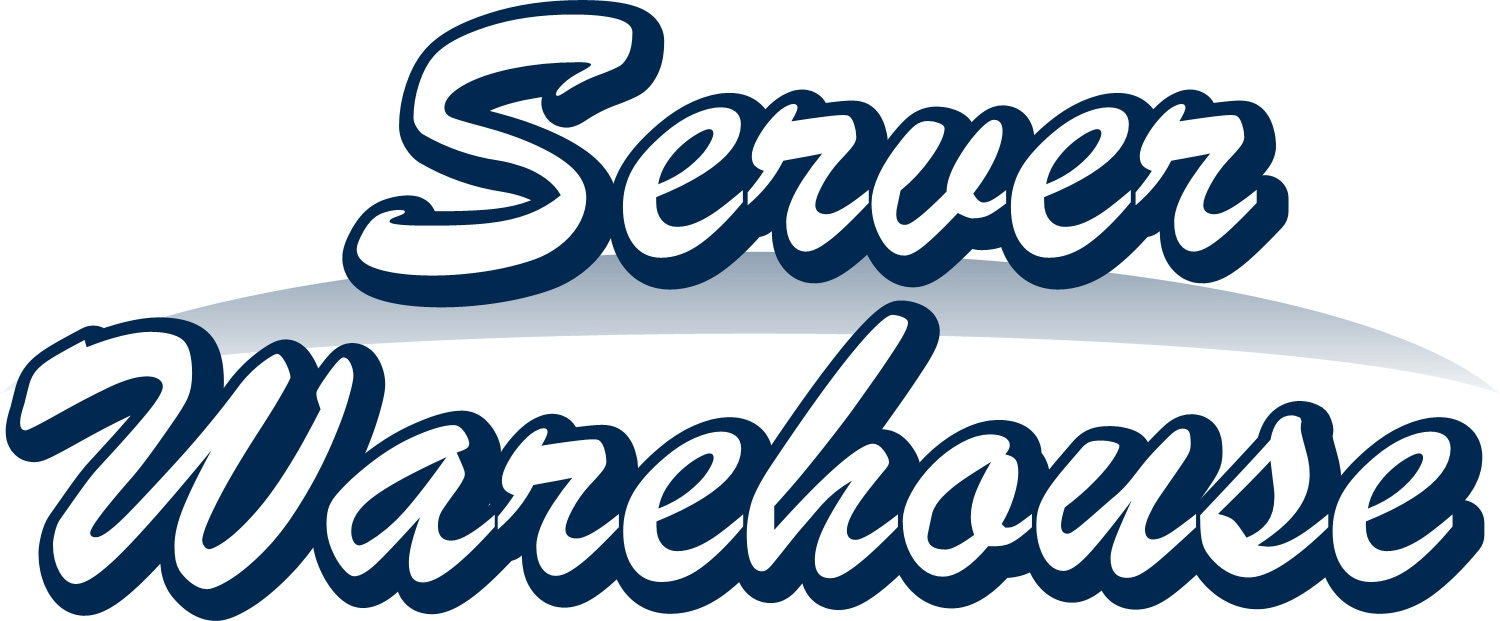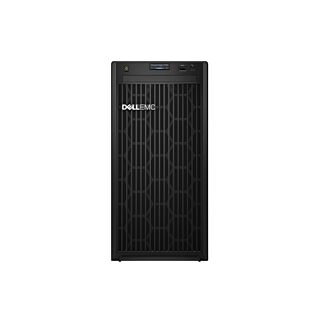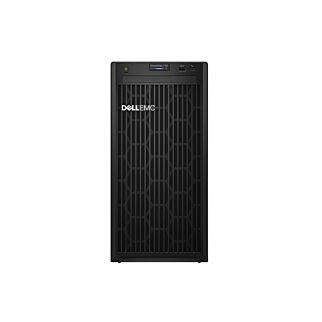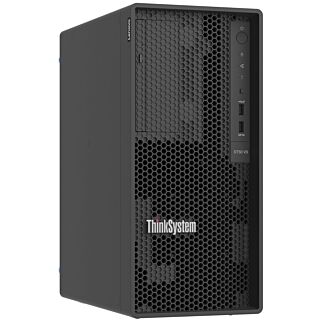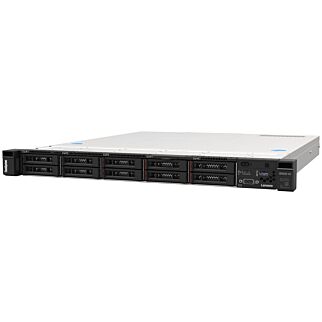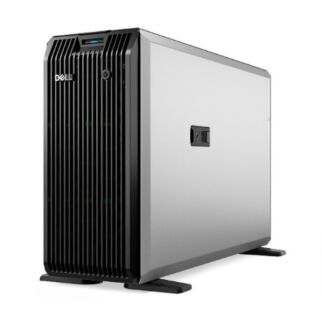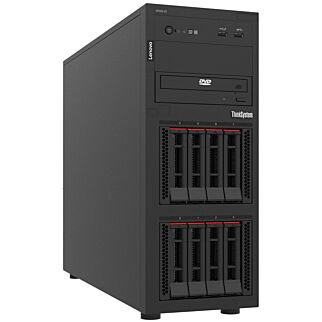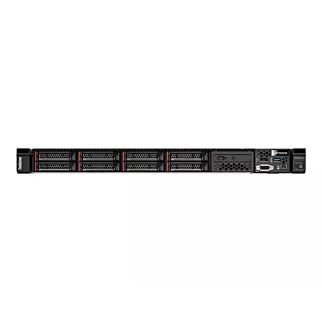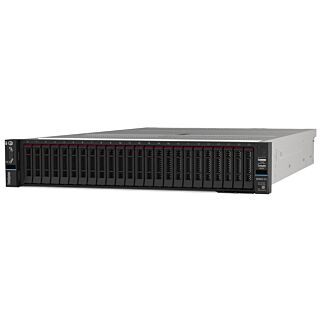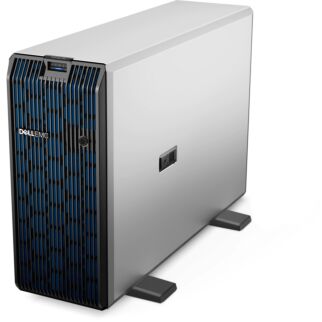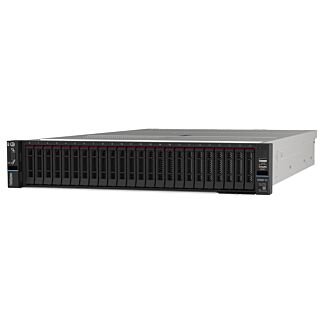Making the Right Server Choice in South Africa
A Guide for Businesses: HPE ProLiant, Dell PowerEdge & Lenovo ThinkSystem
When your business is ready to invest in a server, the decision isn’t just about picking a brand or model. It’s about future-proofing, minimising risk, and making sure your infrastructure supports your operations today and scales for tomorrow. In this guide we walk you through the why, what to look for, and how to choose among three major server brands in the South African context.
Why your business needs a strong server
Investing in a good server delivers real benefits:
Performance & scalability: A capable server keeps up with growth—more users, heavier applications, more data.
Reliability & control: On-premise (or locally managed) hardware gives you tighter control over uptime, support and data sovereignty.
Cost efficiency over time: While initial cost is higher than a basic solution, a well-chosen server reduces surprises and supports growth without constant replacements.
Security & compliance: If you host sensitive data or are regulated (financial, medical, etc.), hardware with enterprise features pays off.
Integration & flexibility: The right server allows you to integrate with your existing infrastructure, scale storage, add virtualization, etc.
If your business is still small (a few users, simple apps), you might get by with lighter infrastructure. But once you are dealing with more users, heavier loads (e.g., e-commerce, ERP, databases), the server becomes a strategic asset.
What to look for — no fluff, key specs
When evaluating server options, cut through the marketing and focus on fundamentals:
1. Processor / Socket Support
How many sockets (single vs dual)?
Which generation of CPU (Intel Xeon Scalable, AMD EPYC)?
Make sure you have headroom for upgrade rather than being stuck with old hardware.
2. Memory (RAM)
How many DIMM slots? Max memory supported?
ECC (error-checking) memory is standard in enterprise servers.
If you run virtual machines, databases or heavy caching, memory becomes a bottleneck if undersized.
3. Storage Architecture
How many drive bays? Are they 3.5″ (LFF) or 2.5″ (SFF)? Can you use NVMe/SSD?
RAID controller support, hot-swappable drives, redundancy.
I/O performance matters significantly for many business workloads.
4. Form Factor & Expansion
Tower vs rack? Do you have a rack space or will you deploy in a server room?
Expansion slots (PCIe), support for add-on cards (network, storage acceleration, GPU if needed).
Cooling, power supply options (redundancy is better for business-critical).
5. Redundancy, Management & Support Features
Dual power supplies, hot-swap fans/drive bays.
Remote management (out-of-band), monitoring, lifecycle controllers.
Warranty, support contracts, local repair/parts availability.
6. Vendor Ecosystem & Local Considerations
Vendor presence in South Africa, availability of parts, support teams.
Power/cooling infrastructure at your site (in Gauteng for example) – enterprise servers demand more.
Total cost of ownership: power consumption, cooling, rack space, maintenance.
7. Scalability & Future-proofing
Are you buying just for today or will your workload double/triple?
Can you add CPUs, memory, drives easily later?
Does the platform offer longevity (software/firmware updates, driver support)?
How the three brands compare (South Africa focused)
Here’s a straightforward look at how HPE, Dell and Lenovo stack up, especially for South Africa business buyers.
HPE ProLiant
Strengths: Mature product line, strong enterprise credentials, good support network.
Best for: Businesses with demanding workloads, expecting growth, willing to invest.
Watch out for: Higher upfront cost; ensure you’re not buying more than needed and locking into large TCO.
In South Africa: Good presence, spare-parts network, recognised enterprise vendor.
Dell PowerEdge
Strengths: Wide range of models (from SMB to enterprise), strong local support, clear product naming/generation guidance.
Best for: Businesses wanting flexibility, from moderate to heavy workloads.
Watch out for: Choose carefully so you don’t overpay for features you won’t use. Make sure you understand generation and upgrade path.
In South Africa: Strong vendor support, good availability.
Lenovo ThinkSystem
Strengths: Good value for money, strong entry/mid-tier options, capable platforms.
Best for: Cost-conscious businesses that still want enterprise grade.
Watch out for: Slightly fewer premium enterprise features in base models; ensure that future scalability is sufficient. Ensure local support and parts.
In South Africa: Growing presence; offers good value especially in SMB segments.
Choosing the right server for your business — decision flow
Define your workload and growth
What applications will you run? (e.g., e-commerce, ERP, database, virtualization)
How many users today, how many in 2-3 years?
How much storage / data growth?
What level of uptime, redundancy is required?
Match specs to your needs
Moderate needs → smaller server, maybe single socket, less expansion.
Heavy/enterprise → dual socket, high memory, many drive bays, strong RAID, redundancy.
Budget sensitive → pick platform that meets today + modest growth, but keep upgrade path open.
Vendor & model comparison
Compare the specs of models from the three brands above.
Include support/warranty in comparison, especially local terms in South Africa.
Check that the model allows upgrades (memory slots, drive bays, second socket, etc).
Avoid pitfalls
Under-buying: Will work now but bottlenecks early.
Over-investing: Spending too much now for a future that may not come.
Unsupported generation: Harder to get parts or updates.
Ignoring infrastructure: Poor cooling/power will increase cost and risk.
Ignoring TCO: Maintenance, power, cooling, licences, support matter.
Choosing a vendor/model without local support/parts.
Finalise decision and deploy
Negotiate warranty/support/maintenance locally.
Plan for backups, disaster recovery, monitoring.
Test the server under load, monitor environment (temps, power).
When live, keep an eye on resource usage and plan upgrade before you hit the wall.
Final thoughts
If I were to give a direct recommendation:
If your business is growing fast, demands are heavy (many users, complex apps), go with a strong platform like HPE ProLiant or Dell PowerEdge.
If your workload is moderate, budget is tight, and you want value with future-growth potential, Lenovo ThinkSystem is a solid choice.
Whatever you pick: don’t pick just for today — look for the server that will carry you into the future. Make sure you’re buying from a vendor with support in South Africa, and that you’ve accounted for infrastructure (power, cooling, space), maintenance and upgrades.
